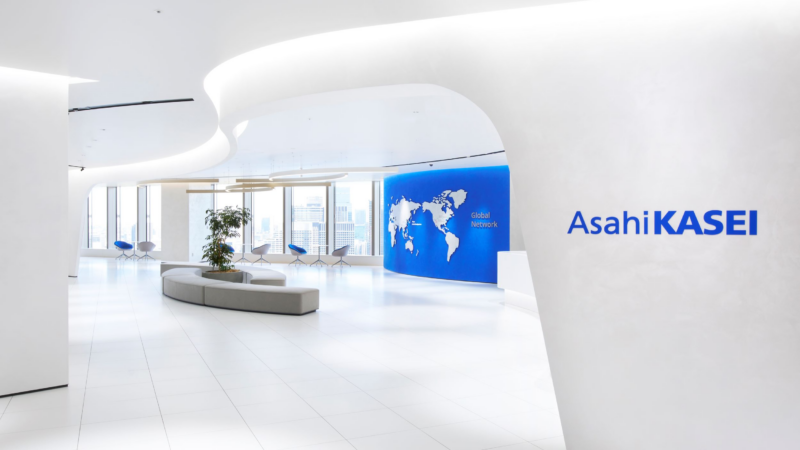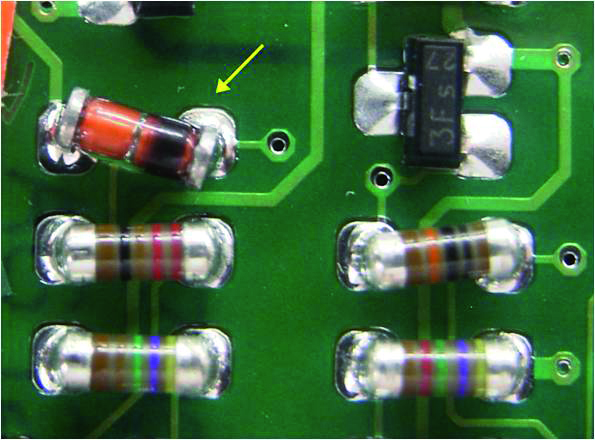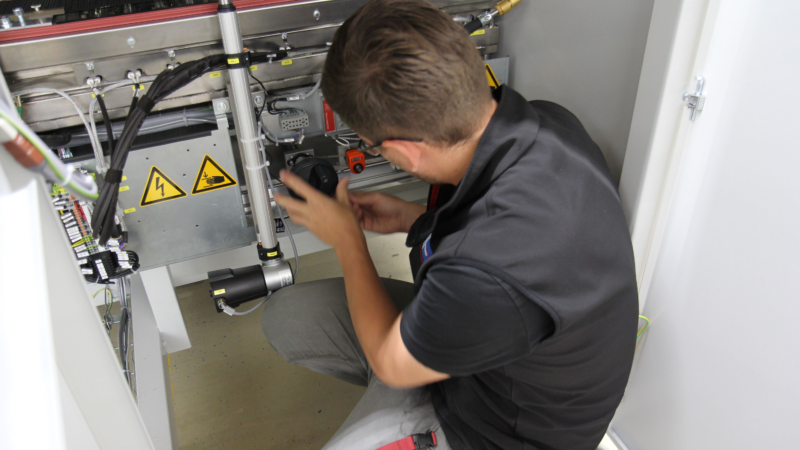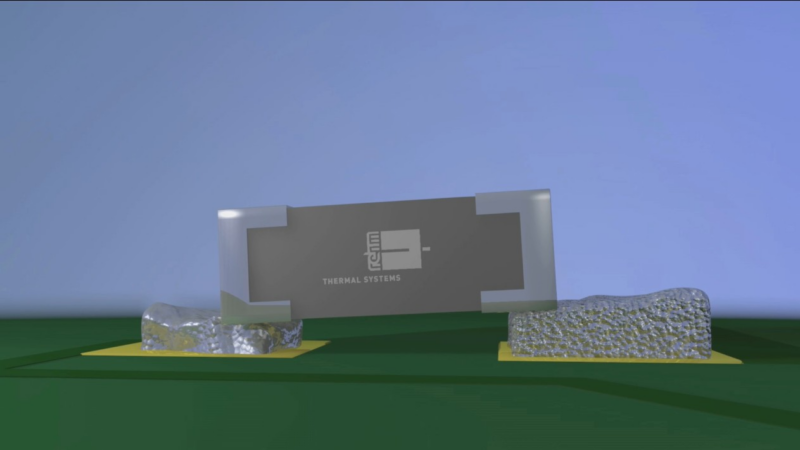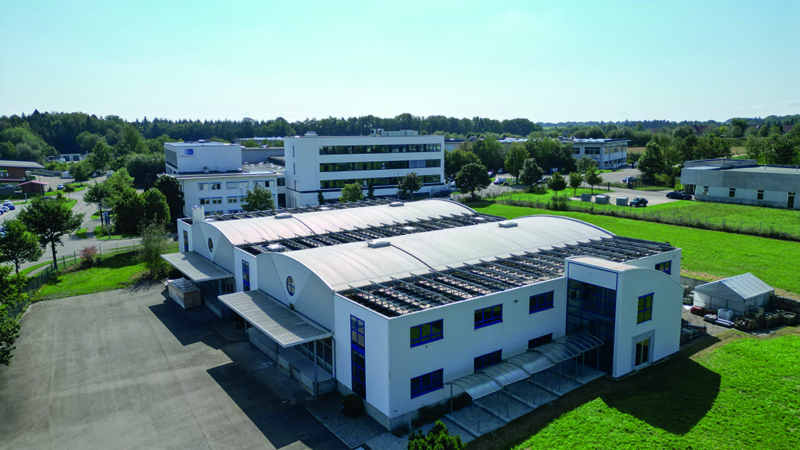MOST(R) Cooperation Specifies HDCP for Secure Transmission of HDMI Input over MOST
The MOST(R) Cooperation – the standardization organization for the leading automotive multimedia network Media Oriented Systems Transport (MOST) – has approved the specification for the High-bandwidth Digital Content Protection (HDCP) Scheme on MOST, which meets the requirements of the HDCP Independent Interface Specification of the Digital Content Protection LLC. This allows a MOST network to move for example HDMI content with the required content protection. The MOST Cooperation has optimized the MOST network for high quality video streaming. MOST150 enables direct isochronous transport of, for example, MPEG video streams without bit-stuffing or transcoding. Now, the MOST standard supports approved content protection schemes for both Digital Transmission Content Protection (DTCP) and HDCP, thus enabling the digital transmission of DVD audio and video, HD-DVD, Blu-ray and HDMI content.
High-bandwidth Digital Content Protection
DTCP is used for the networked distribution of protected content and has been approved for MOST for many years. However, HDCP is used for a more direct point-to-point connection between the output of a data source and a renderer. HDMI requires HDCP protection. Data cannot be extracted from an HDCP system and moved with a different protection scheme. With this new specification, the integration of HDMI applications into vehicles is no longer an issue. In addition to much higher bandwidth, MOST150 offers an isochronous channel to support streams that are not synchronized to the MOST frame rate, so bit-stuffing or transcoding are no longer necessary. As with MOST25 and MOST50, application developers can take advantage of secure pipes for transferring sensitive content. The HDCP scheme in the MOST specification describes the MOST functions and services required to enable an HDCP system interface independent adaptation. To implement HDCP mechanisms, the data to be protected is encrypted, transmitted and decrypted in packetized form.
About MOST Technology
MOST (Media Oriented Systems Transport) is a multimedia networking technology optimized for use in cars and other applications. It enables the transport of high Quality of Service audio and video together with packet data and real-time control over a single transmission medium. MOST can use plastic optical fibers (POF), coax based electrical physical layer, and shielded and unshielded twisted pair (STP/UTP) copper wires that meet automotive environmental requirements. Today, MOST is used in over 130 car models as the communication backbone for their information and entertainment equipment.
About MOST Cooperation
The MOST Cooperation (MOSTCO) is the organization through which MOST Technology is standardized and refined so that it continues to stay abreast of the latest industry requirements. Today, it consists of 16 international carmakers and more than 60 key component suppliers. They have joined together to work with the MOST Technology and to contribute to its innovation. The MOST Cooperation is prepared to embrace efforts to further develop and standardize the technology for other industries and to establish the corresponding work structures. The MOST Cooperation was founded in 1998 to standardize MOST Technology as a global standard for multimedia networking. Audi, BMW, Daimler, HARMAN and Microchip Technology are its core partners and constitute its Steering Committee. For more information see http://www.mostcooperation.com.
Kontakt
MOST Cooperation
Mandy Ahlendorf
Bannwaldallee 48
76185 Karlsruhe
+49 8151 55009 11
mostco_pr@alvacon.com
http://www.mostcooperation.com
Pressekontakt:
alvacon pr
Mandy Ahlendorf
Maximilianstraße 8
82319 Starnberg
+49815155500911
pr@alvacon.com
http://www.alvacon.com

